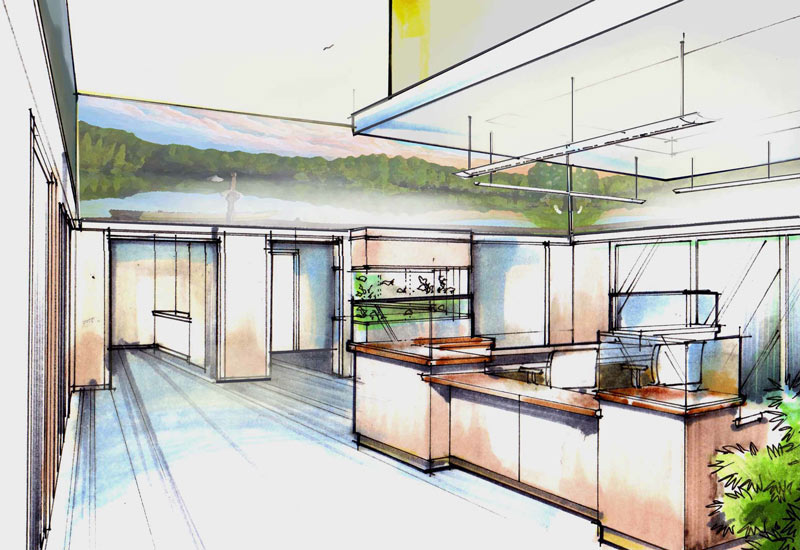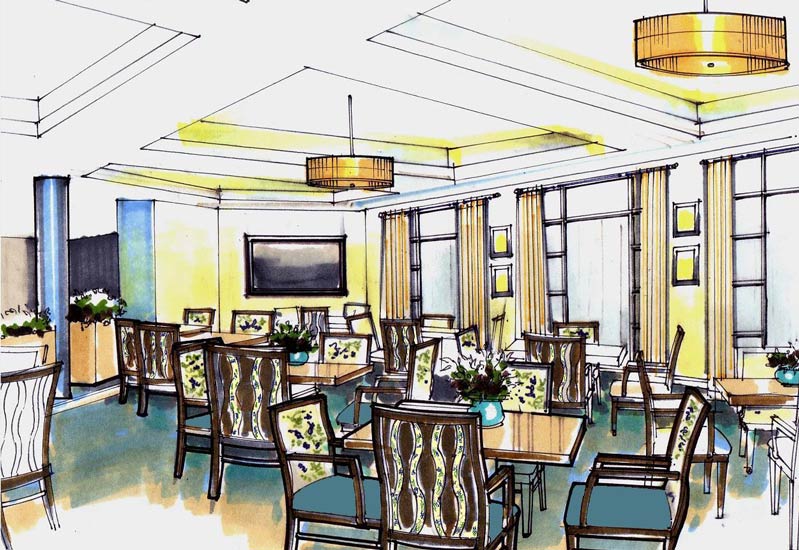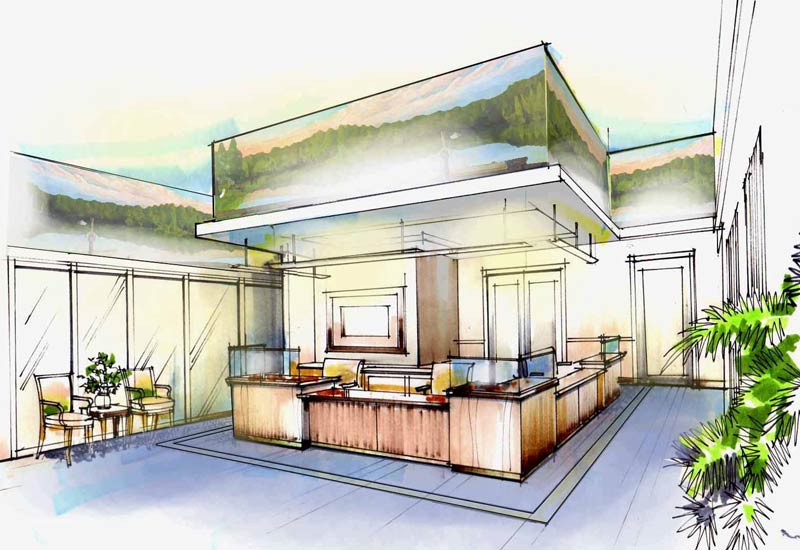CENTER FOR INTERIOR DESIGN EXECUTIVE RESOURCES
THE CIDER
The Center for Interior Design Executive Resources provides innovative research methodology to strategically enhance the user-centered or human-centered design process. To get such valuable insight we focus on the individual experience to deeply understand activities, needs, motivations and overall experiences.
Designers thrive when they have a working concept of what motivates people, a context that allows them to shape their ideas by considering what people covet and use, and a place to focus all their creative energy. Research can provide the fuel for new ideas and this is where CIDER fits by providing a place to experiment, research and analyze our clients needs. These needs include.
Learning about people and behavior
Behavior is fertile ground for design. Not just human behavior, but systems behavior: social, technical, environmental, and economic systems. Understanding behavior gives designers at least two important kinds of insight. First, it provides a sense of action in the world, which can lead to empathy. Secondly understanding behavior provides some clues about practices and patterns.
Understanding culture
Culture is another important system when it comes to understanding design because it deals with the relationships we build between each other, our things, our routines, our view of the world, and our beliefs. Anthropologist Clifford Geertz defined culture as consisting of “Webs of significance that man himself has spun…and the analysis of it [should] be not an experimental science in search of law, but an interpretive one in search of meaning." Asking simple questions about obvious things can lead to unexpected answers. A designer can reflect on these answers and use them to influence certain nuances in their designs.
Defining context
Context includes the physical and virtual settings that behavior occurs in and that culture shapes and emerges from. Identifying touch points–the decisive moments where individuals and a business intersects is an important part of defining context.
Setting focus
Ill-defined or ill-researched problems, short project schedules, and a lack of patience are common conditions in design, and these can often lead to poor solutions. Doing research demands being comfortable with ambiguity in the early stages of a project in order to attain eventual clarity. This usually occurs through a process of synthesis–cutting the raw data down to size to find patterns and themes. It is this clarity that can enable a designer to focus on the right part of the problem at the right time in the right way.
Design research is “a science" and is “scientific." It gives us and our clients a much better understanding of the individual experience in which we begin to to understand the challenges we face, challenges they overcome, needs expressed or not expressed.
Benefits
Success
Design that is sensitive to and based on people’s needs and patterns of behavior will be good design.
~Vijay Kumar~

Empathy
If we make a deep, direct emotional connection with the end-users needs, we will be in a far better position to develop new ideas.

Observation
We use observation as a tool in context; to how people use space and interact with others or how the space impacts the individuals experience.

Personal Engagement
We listen openly and prepare open-ended questions that facilitate or reframe our approach to a design problem.

Problem Solving
We ask the questions of you, what’s not working well in the current situation and why? What is the individual experience; what are the challenges and how are they working around it?



